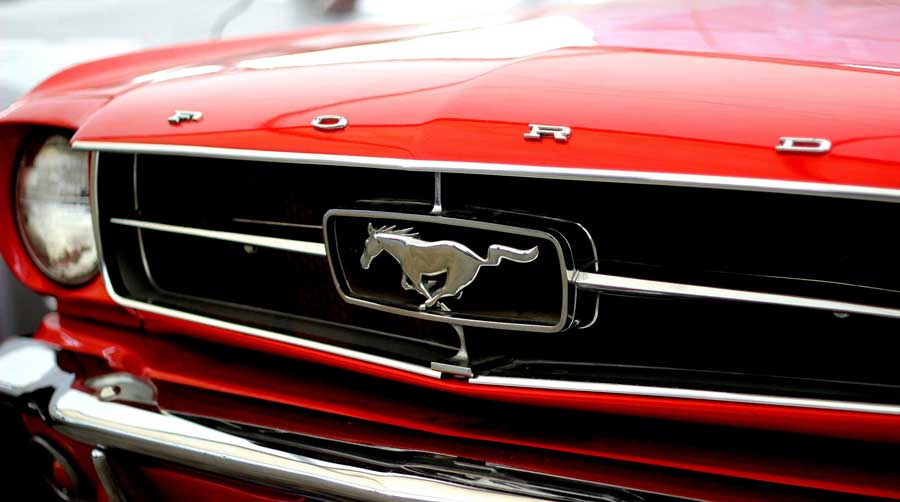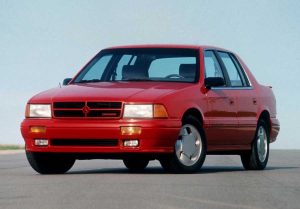Driving Through Time: The Story and Legacy of the Ford Mustang

Ford Mustang at Life in Classic
Few cars have captured the imagination of drivers around the world like the Ford Mustang. More than a vehicle, the Mustang is an icon — a symbol of American freedom, youthful rebellion, and pure driving excitement. Its history spans six decades, yet its spirit remains timeless.
In this article, we take a journey through the evolution of the Mustang, from the groundbreaking launch of 1964 to today’s modern muscle machines, and we look at how to preserve one of these classics for future generations.
The Birth of a Legend (1964–1973)
The story of the Mustang begins on April 17, 1964, when Ford unveiled the car at the New York World’s Fair. Ford’s vision was clear: create a compact, sporty, and affordable car that appealed to young drivers looking for style and performance without luxury-car pricing.
The impact was immediate.
Ford expected modest sales… instead, the Mustang sold over 400,000 units in its first year, becoming one of the most successful model launches in automotive history.
The first-generation Mustangs offered something for everyone:
- Coupe, convertible, and fastback body styles
- A wide range of engines, from economical inline-six options to powerful V8s
- Customization packages that allowed buyers to add personality and performance
By the late 1960s, the Mustang had evolved into a serious muscle car. High-performance models such as the GT, Boss 302, Boss 429, and the legendary Shelby GT350/GT500 cemented its place in automotive culture. These versions were engineered for enthusiasts seeking track-ready performance straight from the factory.
Changing Times: The Mustang Adapts (1974–1993)
The 1970s brought new challenges: stricter emissions regulations, rising fuel prices, and a shift in consumer preferences. In 1979, Ford introduced the Fox-body Mustang, a smaller, lighter, more fuel-efficient model that kept the Mustang’s spirit alive during a difficult period for performance cars.
Despite the era’s limitations, the Fox-body became a symbol of affordable performance and remains one of the most modifiable Mustang generations to this day. The 1980s saw the return of stronger engines, culminating with models like the 5.0 GT, which helped reestablish the Mustang’s reputation for accessible V8 excitement.
A New Era of Muscle (1994–2004)
In the 1990s, Ford moved the Mustang into a new era with a complete redesign focused on modern curves, improved aerodynamics, and a return to more classic Mustang styling cues.
Under the hood, the performance also climbed:
- V8 engines surpassed 300 horsepower
- SVT versions like the Cobra pushed the Mustang into true high-performance territory
- Handling, braking, and safety saw major upgrades
It was a revival — a Mustang reborn for a new generation.
From Retro Revival to Modern Engineering (2005–Today)
The mid-2000s brought one of the most celebrated redesigns in Mustang history. Ford embraced retro style with modern engineering, producing a Mustang that honored the 1960s without feeling outdated.
The Mustang became faster, safer, more efficient, and more technologically advanced. Highlights from this modern period include:
- The introduction of the Coyote V8
- Track-focused models like the GT350, GT350R, and GT500
- EcoBoost turbo options offering performance with efficiency
- Independent rear suspension, finally bringing the Mustang closer to European sports-car handling
Today, the Mustang remains one of the best-selling sports cars in the world, respected not just in the United States but globally as a symbol of automotive passion.
How to Take Care of a Classic Mustang
Owning a Mustang from the 1960s, 1970s, or even a Fox-body is a privilege — and an investment. Preserving one properly ensures reliability, value, and decades of driving pleasure.
Here are key recommendations:
1. Stay Ahead with Preventive Maintenance
Routine care keeps small issues from becoming expensive repairs. Focus on:
- Oil and filter changes
- Coolant, brake fluid, and differential checks
- Periodic tuning of carburetors or fuel systems
- Keeping belts, hoses, and bushings fresh
2. Store It the Right Way
A classic Mustang deserves a safe home.
- Keep it in a dry, cool, ventilated space
- Avoid direct sunlight that fades paint and interior trim
- Use tyre protection cushions to prevent flat spots during long storage periods
- Maintain a moderate humidity level to avoid rust
3. Wash, Wax, and Protect the Paint
Regular cleaning prevents corrosion and preserves value.
- Use pH-neutral soaps
- Wax or ceramic-coat the paint to protect it from UV and debris
- Avoid harsh cleaners that can damage chrome, vinyl, or rubber trim
4. Preserve the Interior
A classic Mustang’s cabin is part of its charm.
- Use quality seat covers, floor mats, and dashboard protectors
- Keep leather or vinyl moisturised
- Protect interior plastics from UV damage
5. Keep Original Parts Whenever Possible
Authenticity adds value — especially for collectors.
Whenever you can, preserve or restore original components rather than replacing them with aftermarket parts.
6. Seek Professional Help When Needed
If you’re not experienced with classic engines, carburetors, ignition timing, or drum-brake adjustments, a classic-car specialist can save you time and money.
7. Join a Mustang Club
Clubs are an excellent resource for:
- Technical advice
- Finding rare parts
- Organized meets and driving events
- Community and support among other enthusiasts
Why a Car Cover Matters
If your Mustang is stored indoors, a garage car cover is one of the simplest and most effective ways to preserve its condition. A good cover helps you avoid:
- Dust accumulation that scratches paint
- Moisture that leads to rust or mould
- Accidental bumps or scratches from tools, bicycles, or other stored items
- UV exposure that fades colors and materials
A tailored, breathable cover keeps your Mustang looking as stunning as the day it rolled out of the factory.







